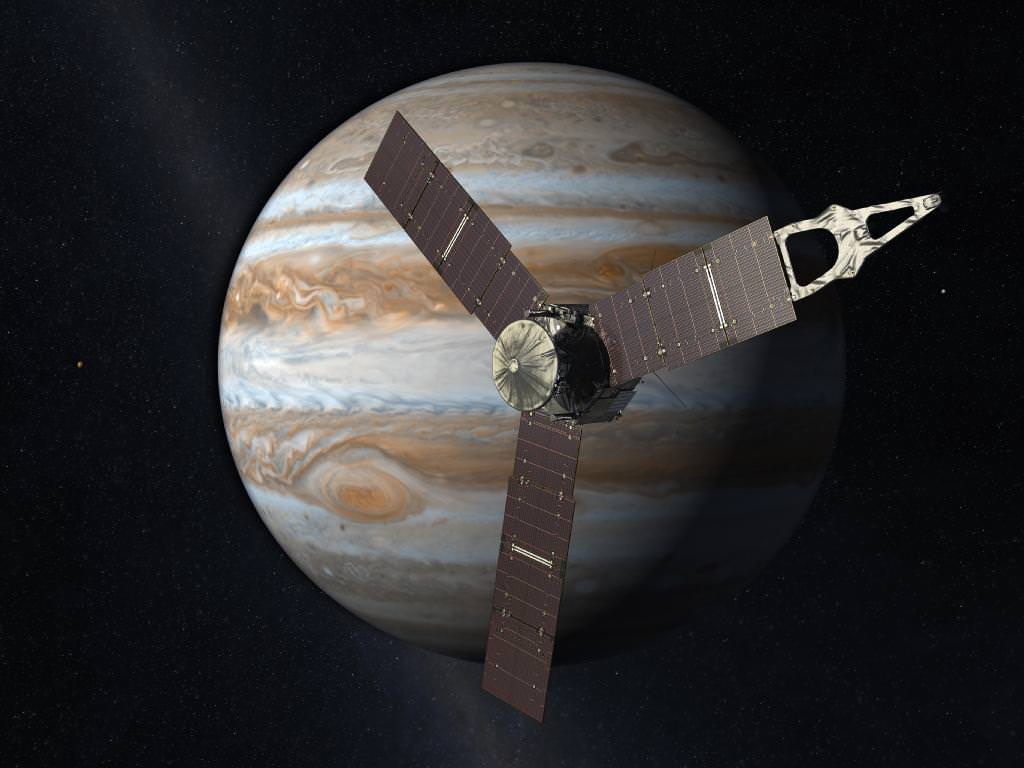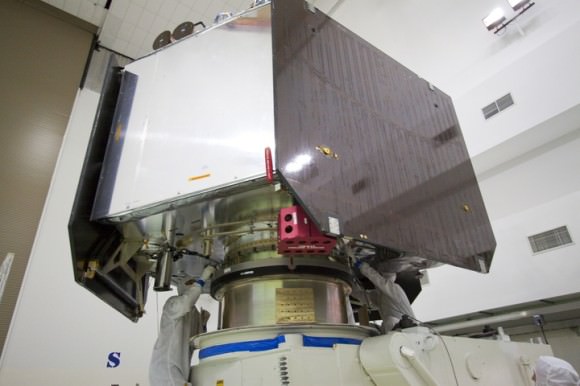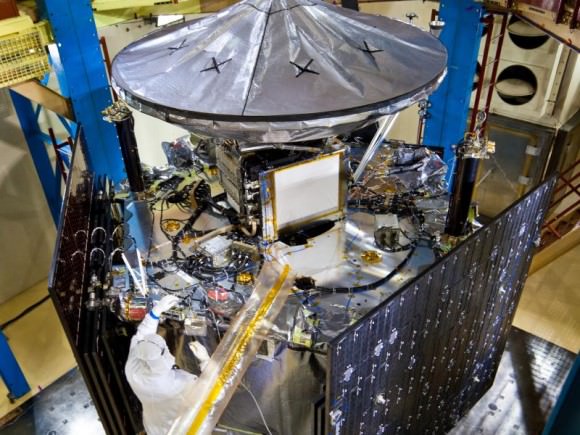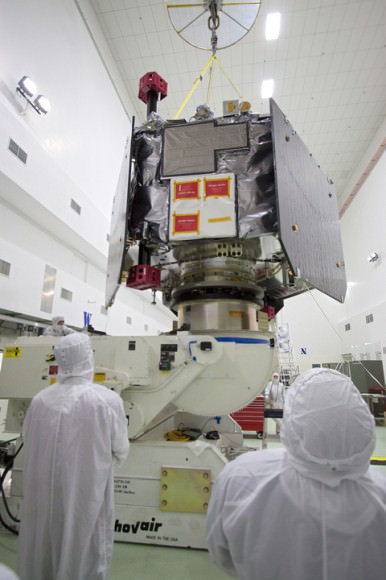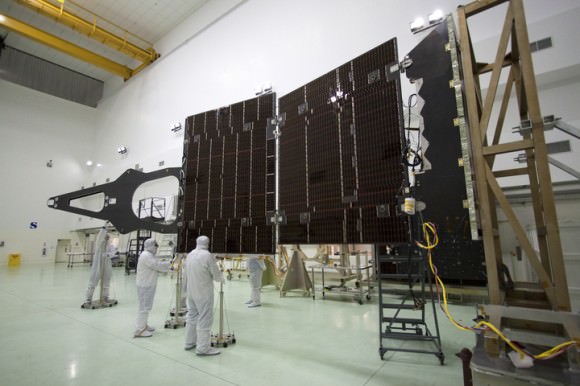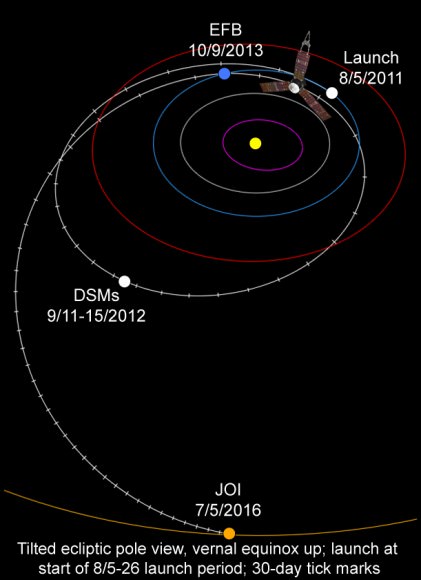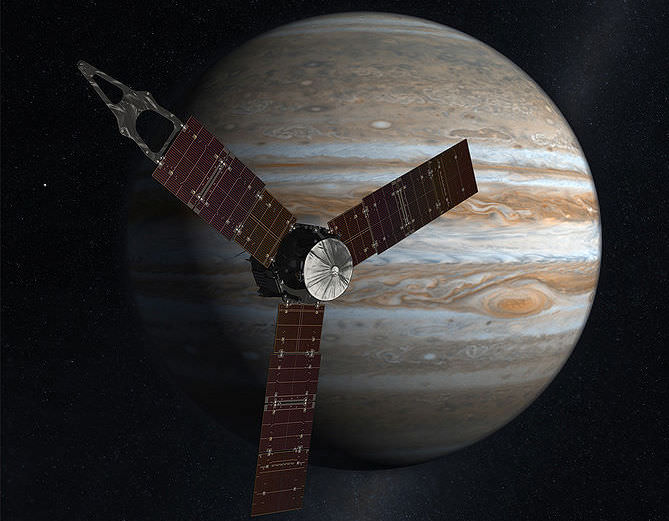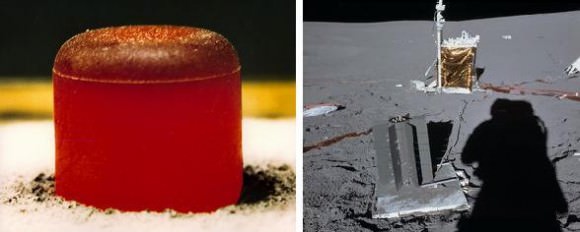[/caption]
In less than one week’s time, NASA’s $1.1 Billion Juno probe will blast off on the most powerful Atlas V rocket ever built and embark on a five year cruise to Jupiter where it will seek to elucidate the mysteries of the birth and evolution of our solar system’s largest planet and how that knowledge applies to the remaining planets.
The stage was set for Juno’s liftoff on August 5 at 11:34 a.m. after the solar-powered spacecraft was mated atop the Atlas V rocket at Space Launch Complex 41 at Cape Canaveral and firmly bolted in place at 10:42 a.m. EDT on July 27.
“We’re about to start our journey to Jupiter to unlock the secrets of the early solar system,” said Scott Bolton, the mission’s principal investigator from the Southwest Research Institute in San Antonio. “After eight years of development, the spacecraft is ready for its important mission.”
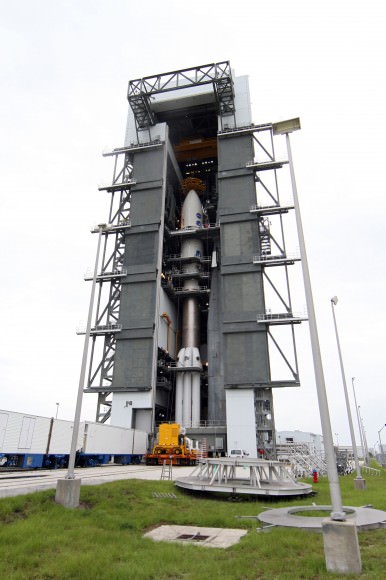
The launch window for Juno extends from Aug. 5 through Aug. 26. The launch time on Aug. 5 opens at 11:34 a.m. EDT and closes at 12:43 p.m. EDT. Juno is the second mission in NASA’s New Frontiers program.
JUNO’s three giant solar panels will unfurl about five minutes after payload separation following the launch, said Jan Chodas, Juno’s project manager at NASA’s Jet Propulsion Laboratory (JPL) in Pasadena, Calif.
The probe will cartwheel through space during its five year trek to Jupiter.
Upon arrival in July 2016, JUNO will fire its braking rockets and go into polar orbit and circle Jupiter 33 times over about one year. The goal is to find out more about the planet’s origins, interior structure and atmosphere, observe the aurora, map the intense magnetic field and investigate the existence of a solid planetary core.
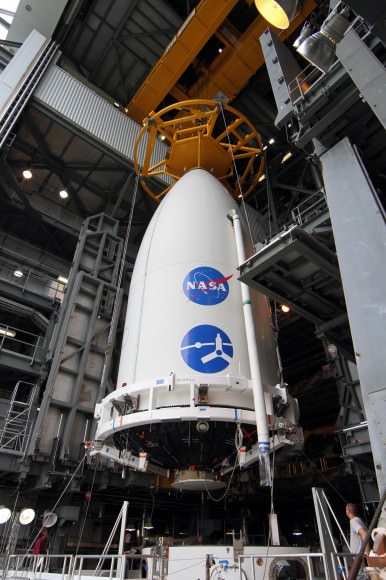
“Juno will become the first polar orbiting spacecraft at Jupiter. Not only are we over the poles, but we’re getting closer to Jupiter in our orbit than any other spacecraft has gone,” Bolton elaborated at a briefing for reporters at the Kennedy Space Center. “We’re only 5,000 kilometers above the cloud tops and so we’re skimming right over those cloud tops and we’re actually dipping down beneath the radiation belts, which is a very important thing for us. Because those radiation belts at Jupiter are the most hazardous region in the entire solar system other than going right to the sun itself.”
“Jupiter probably formed first. It’s the largest of all the planets and in fact it’s got more material in it than all the rest of the solar system combined. If I took everything in the solar system except the sun, it could all fit inside Jupiter. So we want to know the recipe.”
Watch for my continuing updates and on-site launch coverage of Juno, only the 2nd probe from Earth to ever orbit Jupiter. Galileo was the first.


